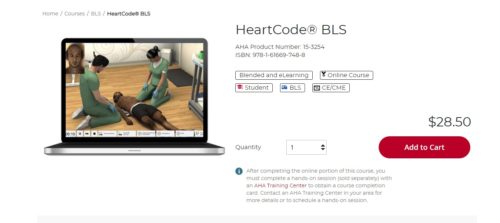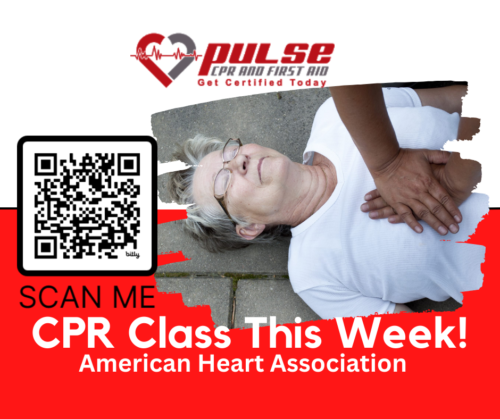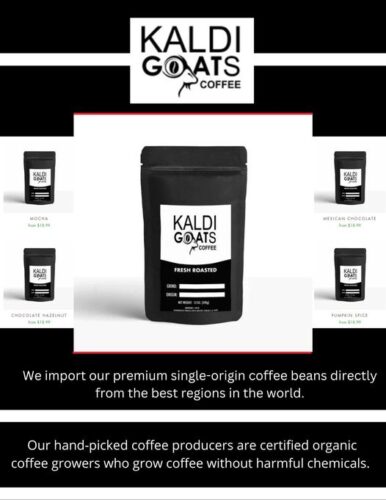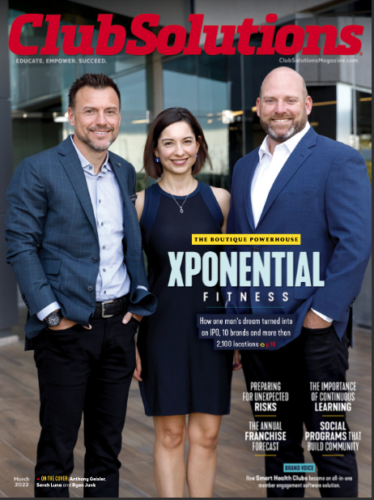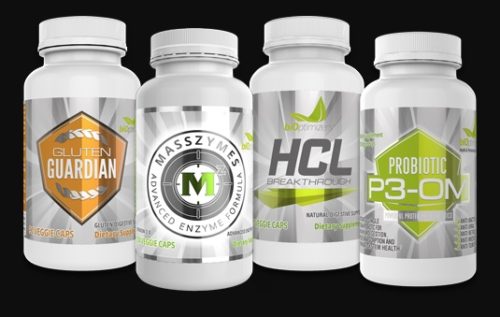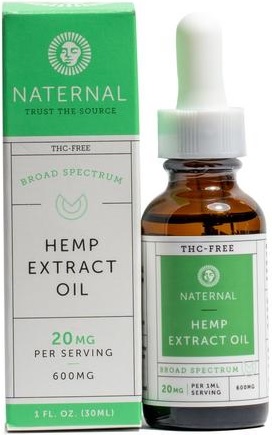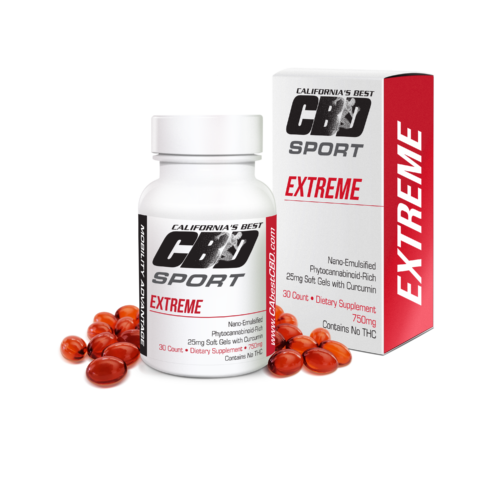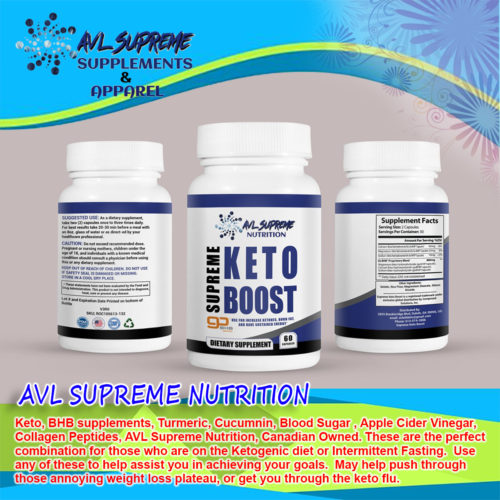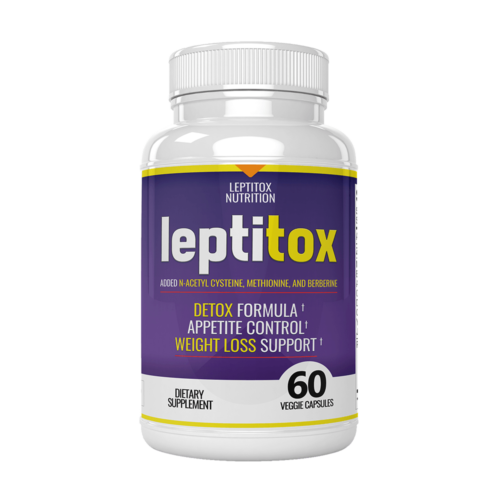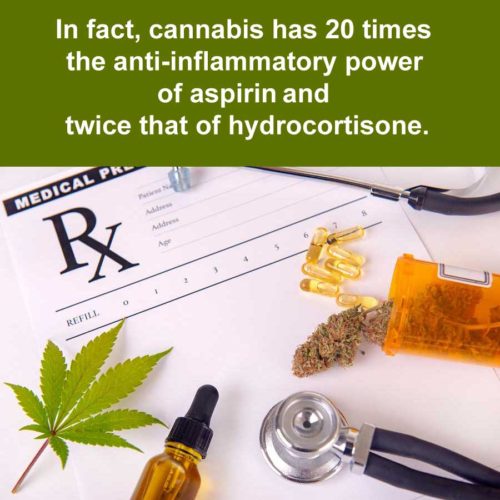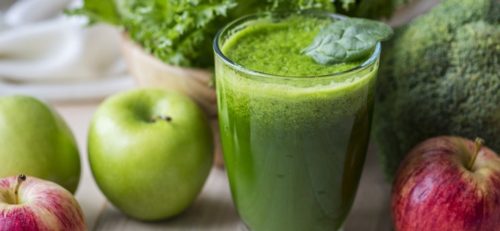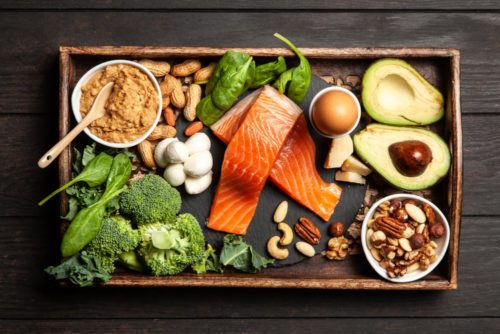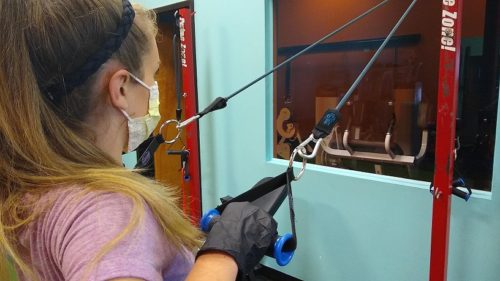
The higher rate of breathing during exercise makes a mask a potential risk.
By: Brian Hanrahan
Quick, what’s the powerhouse of the cell? Exactly… mitochondria! And… what’s the energy currency of the cell? Right… ATP!
Why is this important? It’s why we eat and breath. From what we eat the cells eventually get glucose. From breathing they receive oxygen. Before we go further we’ll need to review glycolysis, the Citric Acid Cycle, and electron transport chain. Just kidding!
Short form:
1 molecule of C6O6H12 (glucose) + 6 molecules of O2 => 6 molecules of CO2 + 6 molecules of H2O
O2 helps pump the hydrogens out of the inner matrix of the mitochondria, stealing some electrons along the way. This helps produce ATP, and there are by products like water, CO2, and free radicals that the body has to eliminate.
The urge to breath is triggered by the slight change in blood pH sensed by the hypothalamus. CO2 in the blood binds with -OH from water to produce CO2OH, carbonic acid. Blood pH is maintained in a fine gradient of 7.35-7.45. Slight changes can be serious.
When a person is hyperventilating and told to breath in a bag, it’s to re-breath some CO2 to lower pH because of a slight pH increase. It’s though this helps to slow breathing. However, this is not recommended by medical professionals. Hyperventilating can be caused by many things. Re-breathing CO2 is not considered a good treatment.
If CO2 isn’t released there can be a slight decrease in pH. O2 can be crowded out, and hypoxia can occur in extreme cases. Cellular respiration, as described above, can be impeded. Light-headed can result. It is not recommended that people exercise with mask for this reason.
The higher rate of breathing during exercise makes a mask a potential risk. Like many things in the wake of the pandemic, the risk mask pose during exercise is another unforeseen consideration.

